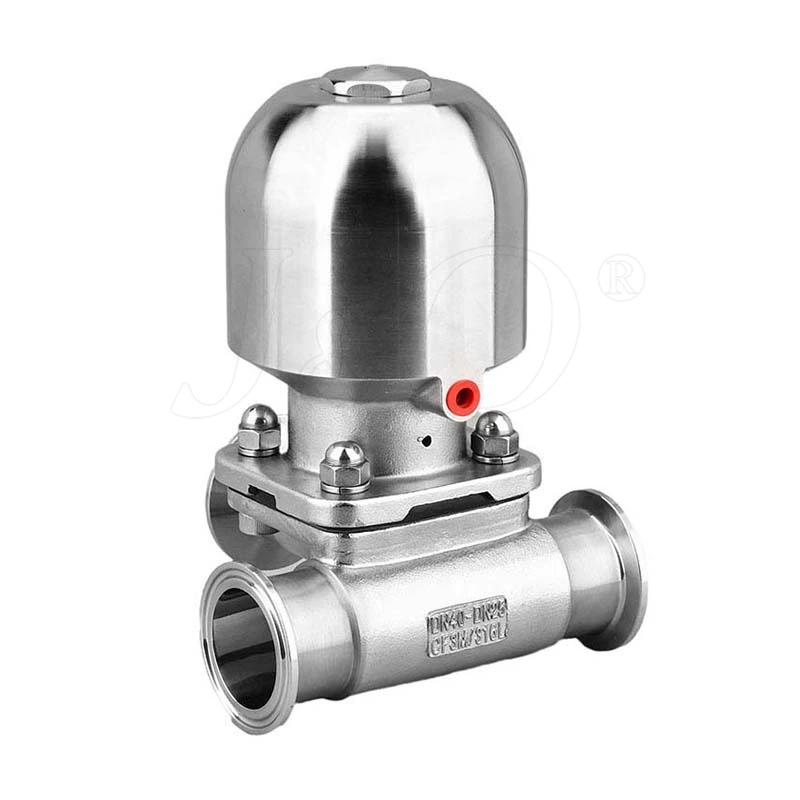The Selection And Operation Of Manual Diaphragm Valves Is A Process Involving Many Considerations.
Sanitary Diaphragm Valve is a valve that uses a flexible diaphragm to control the flow of the medium. It opens or closes by moving the diaphragm up and down, can throttle the fluid and control its flow rate, has a simple structure, good sealing performance, and long service life, and is widely used in chemical, pharmaceutical, food and other industries. However, there are also certain limitations, such as it cannot be used in high temperature and high pressure environments, and its flow control capacity is limited. When selecting and using it, it is necessary to make comprehensive considerations based on the actual working conditions and needs.
Purchasing and operating a manual diaphragm valve is a process involving many aspects of consideration. The specific analysis is as follows:
-Material selection: Make sure that the diaphragm material of the valve is compatible with the medium you are handling. It is suitable for a variety of media and has good acid and alkali resistance.
-Valve size: Select the appropriate valve diameter according to the pipeline size and flow requirements. Diaphragm valves have a variety of sizes to meet different flow coefficient requirements.
-Cleaning requirements: If used in the food or pharmaceutical industry, you need to choose a valve that is easy to disinfect and has a sterilization function.
-Maintenance convenience: Choose a valve that is easy to maintain and repair so that it can be quickly handled when problems arise.
- Status display function: Choose a valve with open/close limit and status display function, which helps the operator to clearly understand the current status of the valve.
Operation guide for manual diaphragm valve:
- Open valve: When turning the handwheel to open the valve, pay attention to the number of rotations and the change in opening resistance. After a certain number of turns, if the opening resistance increases significantly, it means that the valve has reached the fully open position, and you should stop increasing the opening force.
- Close valve: When closing the valve, you also need to pay attention to the number of rotations of the handwheel and the change in resistance to avoid excessive closing and damage to the valve.
- Limit function: For valves with limit switches and stroke indicators, use these functions reasonably to ensure the correct opening and closing of the valve.
- Regular inspection: Regularly check the status of the valve, including sealing, degree of wear of the diaphragm, and operation of the handwheel.
- Avoid throttling operation: Although diaphragm valves can be operated in a throttling manner, maintaining a throttling position close to the bottom of the valve body may cause damage to the diaphragm or the bottom of the valve body.
-Temperature and pressure range: Pay attention to the pressure and temperature rated range of the valve during operation to ensure that the operation is within the valve's tolerance range.
